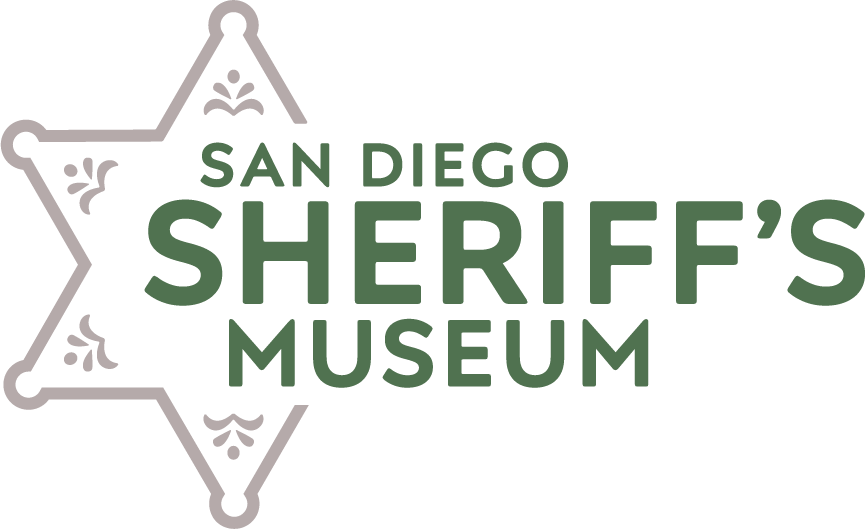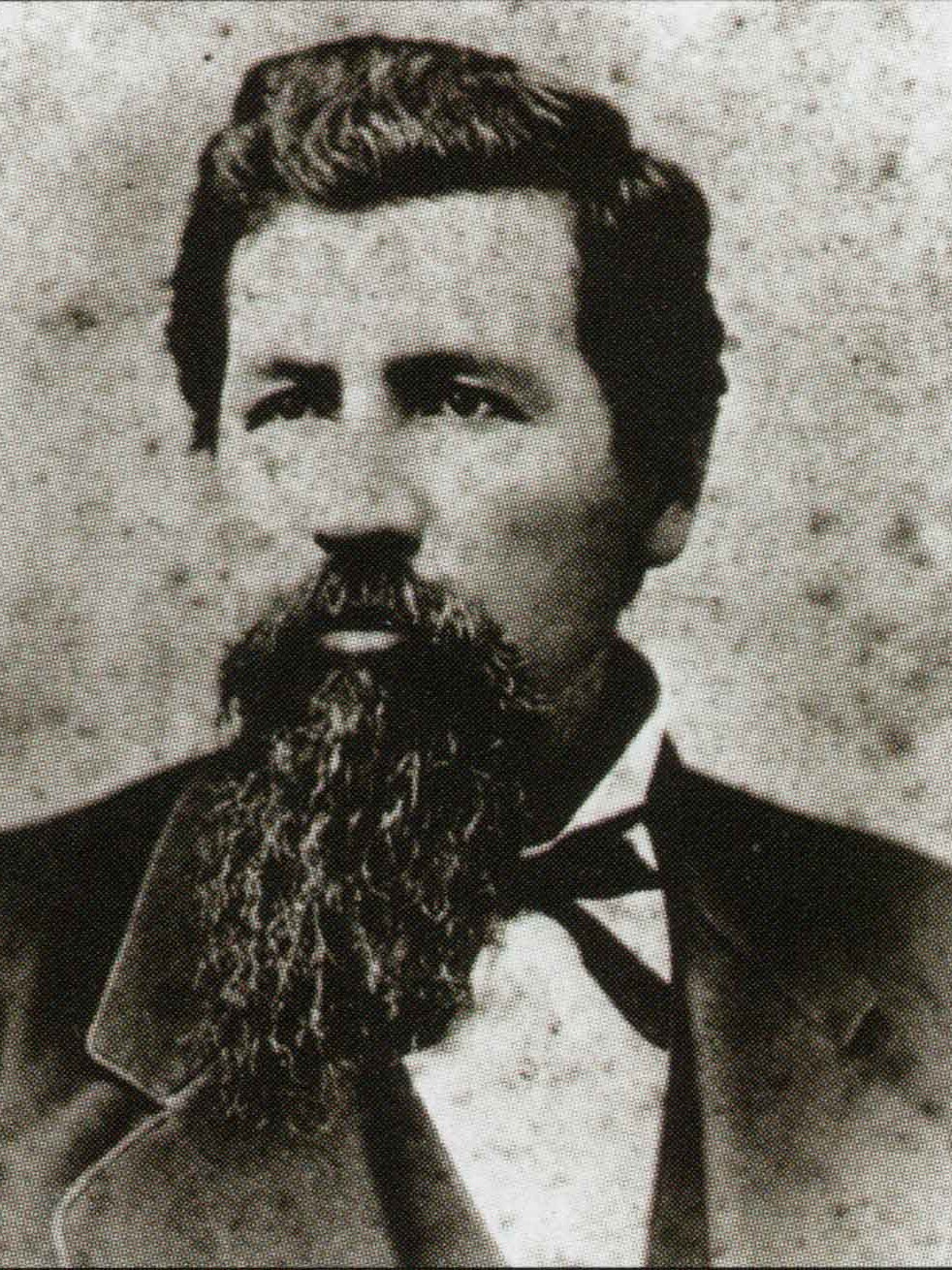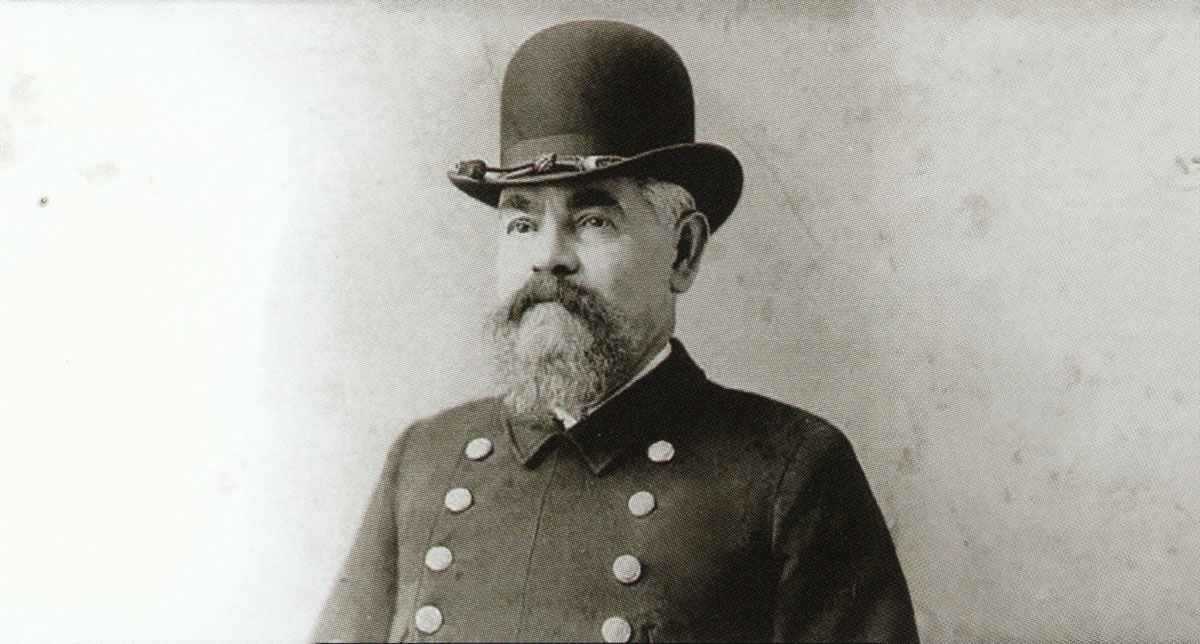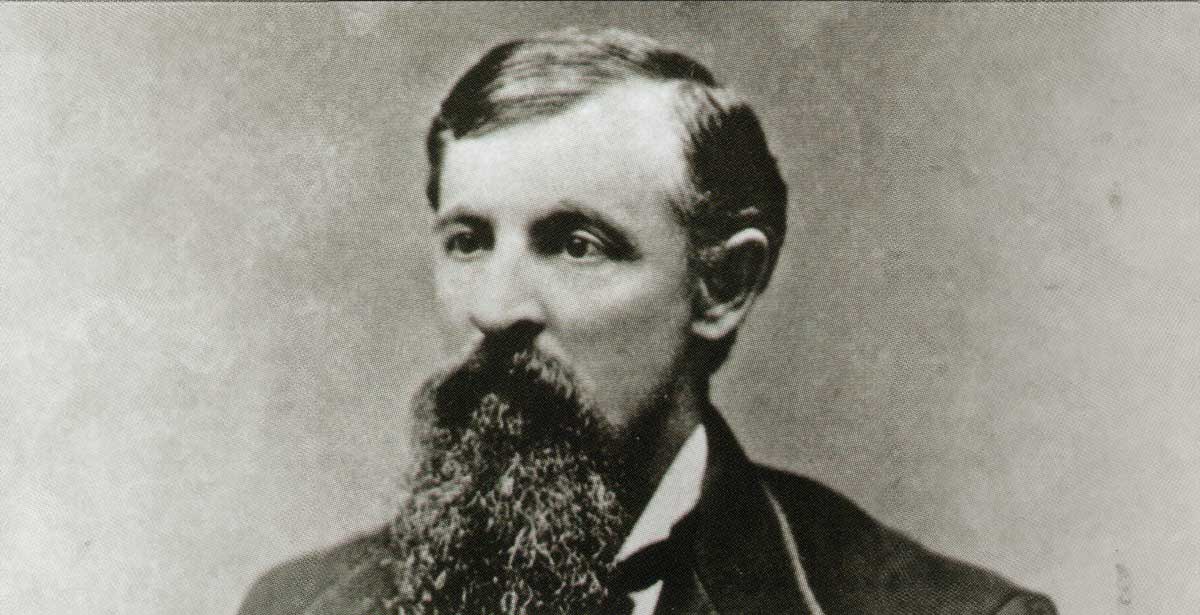Edward (“Ned”) Wilkerson Bushyhead was born March 2, 1832 in Cleveland, Tennessee, the son of a Cherokee Baptist preacher. His father opposed the policy of Cherokee removal to the west but gave in and led a party of about 1,000 people on the infamous Trail of Tears (Trail of Tears – Wikipedia) in 1839, when Ned was seven years old. They settled on land near present-day Westville, Oklahoma.
12-year-old Ned apprenticed at the Cherokee Messenger in 1844, the first periodical published in Oklahoma. Later he went to work as a printer in Fort Smith, Arkansas.
In 1850, age 18, he and his brother Dennis moved to Placerville, California, to seek their fortunes in the goldfields. By 1853, he had moved to Calaveras County, where he and Col. William Jeff Gatewood started the San Andreas Register in October 1867. According to the San Diego Evening Tribune (May 13, 1899), Ned Bushyhead served as a Deputy Sheriff in Calaveras County for “five years, covering the period of the civil war, and those were momentous times in California.”
Col. William Jeff Gatewood moved his printing equipment from San Andreas to San Diego in 1868 with his foreman, Edward Bushyhead as his partner in founding the new “San Diego Union” paper, which printed its first edition on October 10, 1868. The paper underwent several changes of owners with Bushyhead remaining as the original partner until June 1873, when he sold his half interest in the paper for $5000 to Douglas Gunn, later Mayor of San Diego. Throughout this period, Ned was the “silent” partner – the other partners’ name was always listed as the publisher.
In 1875, he became a Deputy Sheriff of San Diego County under Sheriff Joseph Coyne, who made Bushyhead his Undersheriff.
On March 10, 1877, Sheriff Coyne and Deputy Bushyhead captured two prison escapees who had broken out of jail in San Bernardino, and were proceeding towards “Lower California” (now Baja California). As they went south, they robbed various San Diegans as they went. When Coyne and Bushyhead met up with them, each escapee was armed with “a Henry 16-shooting rifle, six-shooter, and knife.” They were about to rob Lane’s store in the Tia Juana Valley when Coyne and Bushyhead surprised them. (San Diego Union and Daily Bee, March 11, 1877) “The biggest one looked around and looked right into the muzzle of Ned Bushyhead’s long revolver. Joe Coyne had the other one similarly covered. They only said: ‘You played it mighty fine on us; we’re sold!’”
On July 13, 1877, Deputy Sheriff Bushyhead went to Pala and served papers on “Olegario and his band of Indians in the Potrero case.” (San Diego Union and Daily Bee, July 14, 1877). “Olegario was defiant, and had a hundred and fifty or more of his retainers at his back, who gathered up around Bushyhead and made threatening demonstrations, some of them proposing to ‘tie him up.’ Bushyhead, however, kept perfectly cool, and spoke in a very decided way to Olegario, who calmed down at once, concluding that the Deputy Sheriff would not be a safe subject to experiment upon, – an eminently sound conclusion.”
In 1882, he ran for Sheriff and won.
The Evening Tribune (May 13, 1899) reports of a disturbance at a trial – “… when Bush, the murderer of Ivy in Julian, was brought into court for trial, when more than a score of armed friends of Ivy were there looking for an opportunity to take the law into their own hands. When Leach and Montgomery, the opposing lawyers, became engaged in a quarrel and Montgomery started for Leach with his cane to strike him down, and the judge – McNealy – rushed in between them, while the crows of armed men jumped upon the benches, believing their opportunity had come, when Bush who knew the men in the crowd, fainted and fell at the feet of Sheriff Bushyhead. Then, disregarding the lawyers and the judge, Bushyhead leaped on a bench facing the excited, angry crowd, and thrust both hands in the side pockets of his coat. He said never a word, but there was not a man in that crowd that did not know that it was as much as his life was worth to attempt to draw a weapon. They quietly took their seats.”
He served two terms as Sheriff, retiring in 1887.
In 1889, he became a partner in the printing firm of Gould, Hutton & Company.
In 1899, the board of police commissioners elected him Chief of Police in San Diego, and he remained in that position until 1903. More information on his career with the San Diego Police Department can be found at http://www.sdpolicemuseum.com/Bushyhead.html.
Due to health reasons, he moved to Alpine, California in 1907, where he died on March 4, 1907. His body was returned to Oklahoma, where it was buried in the family cemetery at Tahlequah.
